I was recently part of a special issue of M/C Journal on Walking. Of particular interest to our work is Chantelle Bayes’ article ‘The Cyborg Flâneur: Reimagining Urban Nature through the Act of Walking’. Bayes draws on the work of Debra Benita Shaw, Rob Shields and Donna Haraway to examine how the urban walking figure might be reimagined as cyborg, complicating boundaries between the real and imagined, the organic and inorganic, and between the human and non-human.
Bayes bridges the figure of the flâneur as a unconventional walker, reading against the grain of the city, with its use in humanities and social science scholarship as a tool for understanding transgressions of strict socio-ecological conventions that affect the contemporary city. In our article, we work along the same lines, by considering walking as an example of a tactic – a routine and often unconscious practice that can become a form of creative resistance.
Baye’s article takes the idea of walking as resistance into the more-than-human realm. Just like marginalised people who are are discouraged and excluded from living in particular areas of the city, she points out, certain non-human others are excluded when they don’t fit the urban imaginaries. Thinking of this idea in place, in Sydney, I consider the ways possums, snakes, spiders, and insects are controlled, excluded and exterminated. Baye uses another example close to our hearts of ibis being discouraged from outdoor restaurants in Brisbane with pre-recorded predatory bird calls (Hinchliffe and Begley).
This article clearly links to Mapping Edges work in several ways, employing walking as a method, in its focus on urban ecologies, and in its attention to cities as places of more-than-human negotiation.
As environmental concerns become more urgent, it is important to re-examine these conceptions of urban environments and the assemblage of environmental imaginaries that interact and continue to shape understandings of and attitudes towards human and non-human nature. The network of goods, people and natural entities that feed into and support the city mean that imaginaries shaped in urban areas influence both urban and surrounding peoples and ecologies (Braun). Local ecologies also become threatened as urban structures and processes continue to encompass more of the world’s populations and locales, often displacing and damaging entangled natural/cultural entities in the process. Furthermore, conceptions and attitudes shaped in the city often feed into global systems and as such can have far reaching implications for the way local ecologies are governed, built, and managed.

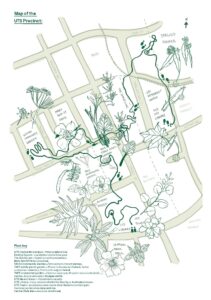
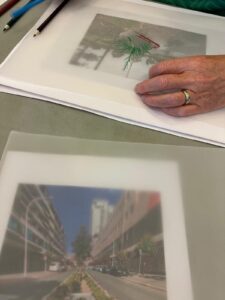
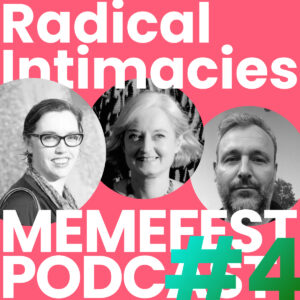
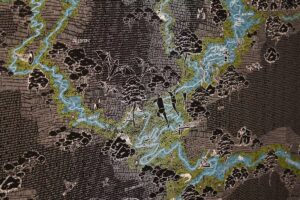
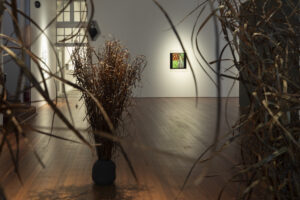

0 Comments